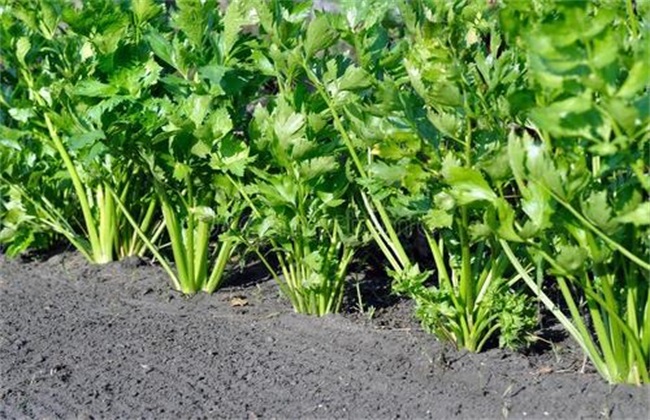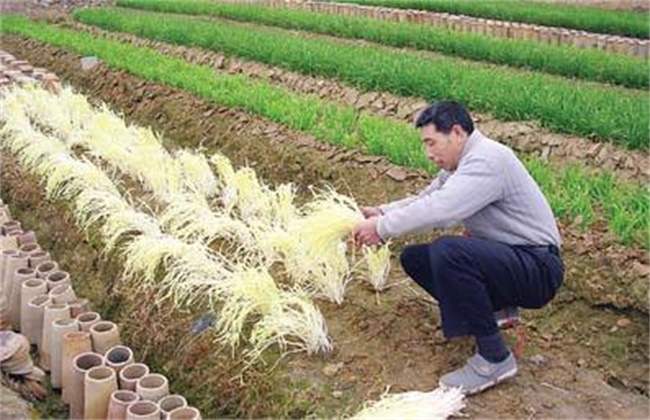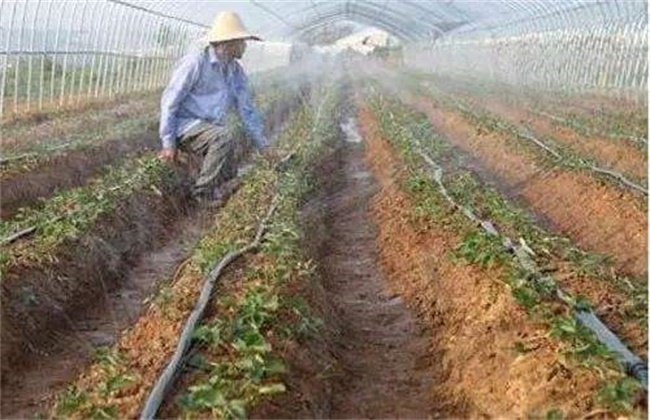Planting techniques of celery in winter
Celery is a kind of vegetable that many people like to eat very much, and it has a great market demand in all parts of our country. Celery cultivation is relatively simple, in general, the yield is very good. Celery is generally best planted in autumn, and when it comes to winter, the temperature is very low. So how should we grow celery in winter? The following editor brings you the planting technology of celery in winter. Let's have a look!

1. Sowing and raising seedlings
Do a good job of seed collection and sowing in August each year, and the supply period is from November to March. First of all, we should prepare the seedling bed to ensure that the soil of the seedling bed is loose, the permeability is good and the drainage and irrigation is normal. Then apply sufficient farm manure as base fertilizer to flatten the land and break it into small pieces. Then deal with the seeds and do a good job of soaking seeds and accelerating germination. Then pour the seedbed thoroughly to keep the moisture and sow seeds at the right time. After uniform sowing, it is necessary to cover a layer of fine soil and do a good job of management at the seedling stage to ensure that the seeds can germinate normally.
2. Land preparation and planting
When growing celery in the greenhouse in winter, the growth period of celery is relatively long, but the yield is also relatively high, so the demand for nutrition is very large. So we should do a good job of soil preparation and deep ploughing before planting, applying about 4500kg mature farm manure per mu, together with the right amount of calcium superphosphate, turn it into the soil. The growth period of different varieties of celery is also different. Therefore, the transplanting seedling age should be determined according to the variety. Before planting, sufficient water should be poured into the seedling bed to ensure that the roots of the seedlings can be in full contact with the soil and improve the survival rate of planting. Finally, transplanting with soil should be the main way to avoid damage to the roots of seedlings.
3. Post-planting management
The temperature is very low in winter, so after we plant, we must first do a good job of fastening the shed to keep warm for the seedlings. However, the temperature should not be too high, if it exceeds 20 degrees, it will lead to poor growth of celery. The lowest temperature can not be as low as zero degrees, which is easy for Uncle Chen to freeze. Then it is necessary to do a good job of fertilizing and watering, usually once every three days or so, and apply fertilizer properly after the seedlings slow down. Then, after one month of planting, adequate nutrition should be provided for the growth of new roots and leaves of celery, and nitrogen, phosphorus and potassium fertilizers about 18kg should be applied to avoid seedling malnutrition.
4. Harvest and storage
Celery can be harvested when it grows to about 65 cm, and the specific time can be determined according to the market and planting stubble. Harvest can be harvested at one time or for many times, and should be harvested in time after the heart of the celery plant is enriched, otherwise celery is prone to hollow cracking and so on. The harvesting method is mainly ground harvesting, keeping the base and petiole will not be scattered, after removing the yellow leaf soil, it can be listed on the market. However, there are many storage methods of celery, and the deep trench artificial planting method can be used in areas where it is not very cold in winter. In colder areas, greenhouses, trenches and so on need to be used for fake planting.
The above planting techniques of celery in winter are briefly introduced. That's all for today's introduction. This article is for reference only. I hope it can help you all.
Related
- Where is it suitable to grow horseradish in China? it is expected to see the middle altitude horseradish in Alishan.
- How to prevent tomato virus disease reasonably? (Control methods included)
- Many people like to plant towel gourd on the balcony. What are the main points of this method and management?
- What crops can chili peppers be mixed with?
- Fertilization techniques and matters needing attention in Tomato
- What are the grafting techniques for peach seedlings in spring?
- Harm and control methods of root swelling disease of Chinese cabbage
- What are the pests of sweet potatoes? How to prevent and cure it?
- Symptoms, causes and Control methods of navel Rot in Tomato
- The cause of "Cucumber rotten bibcock" in Farmers' planting Cucumber and its Control Plan



